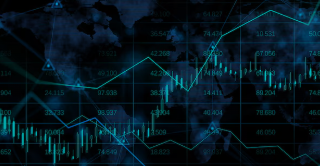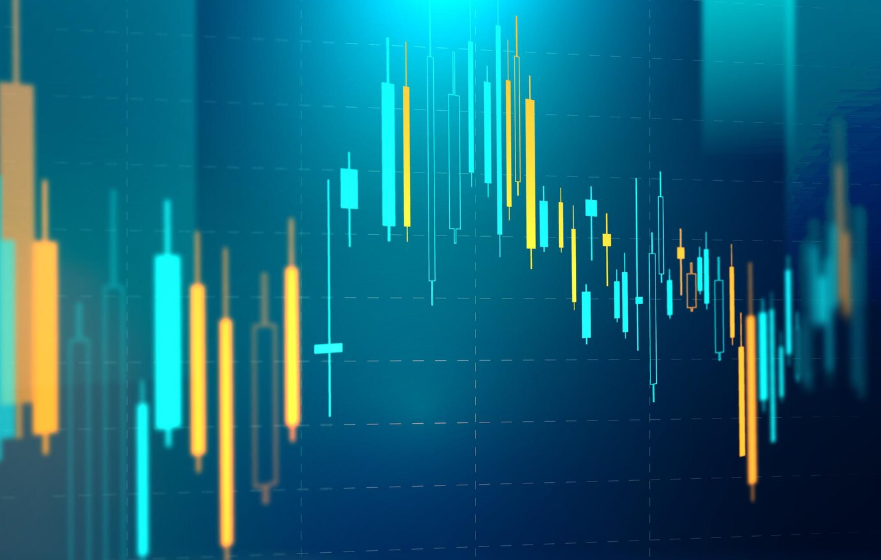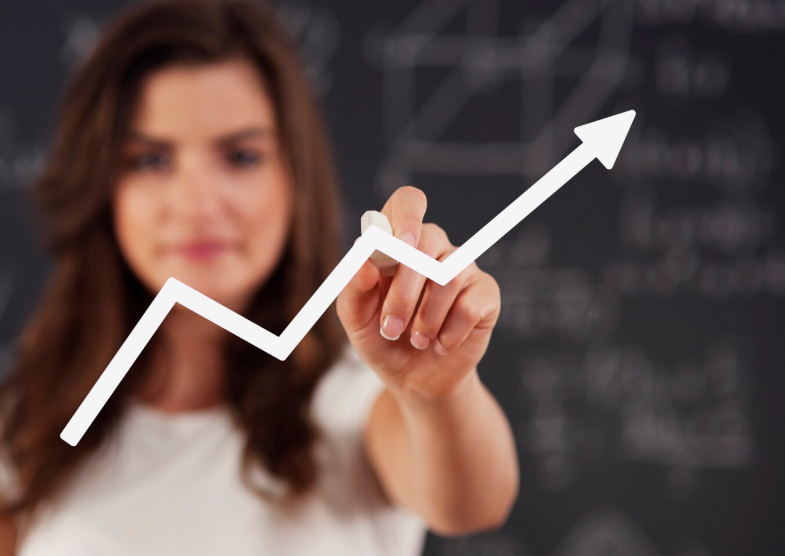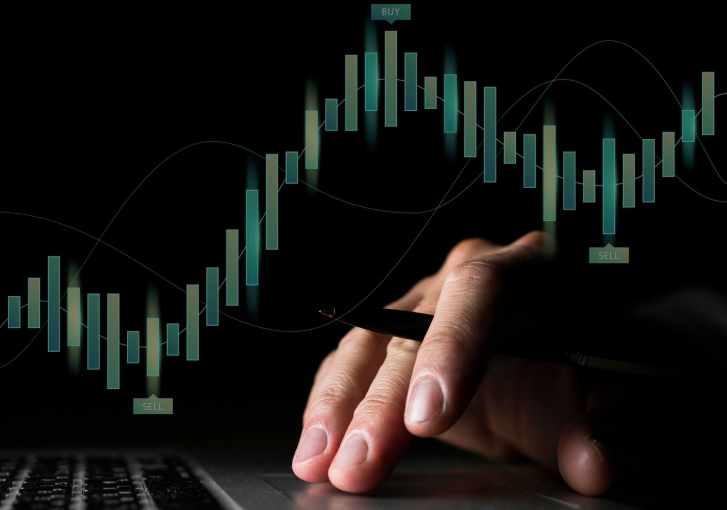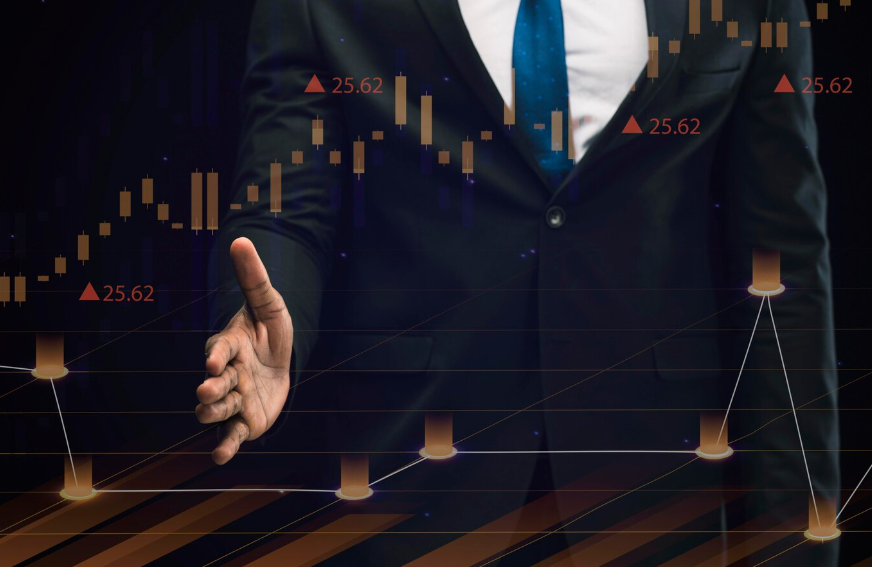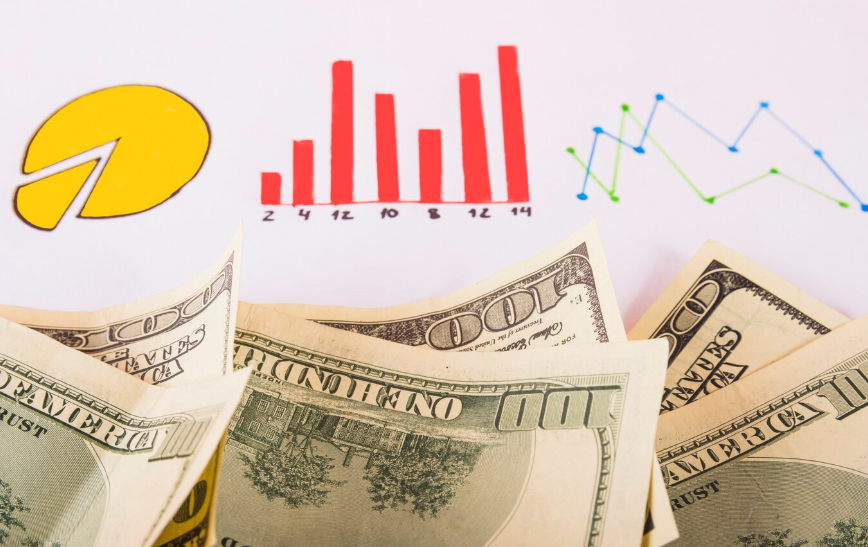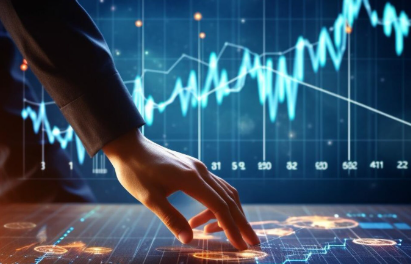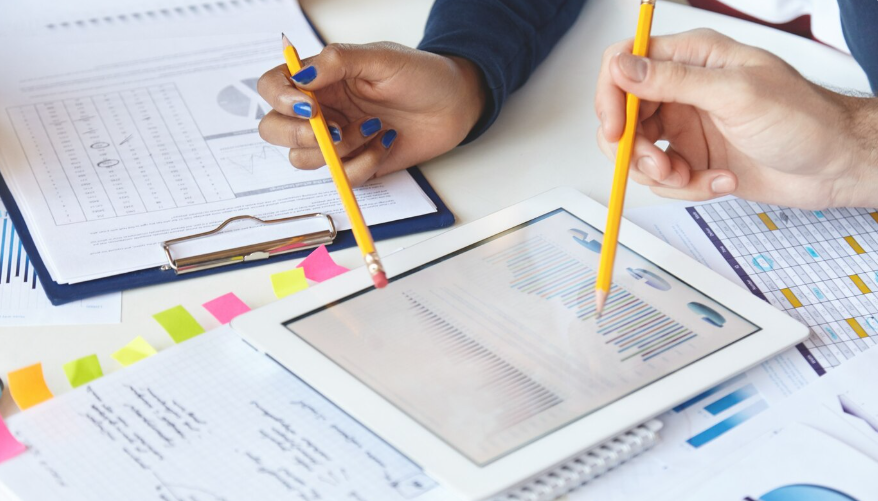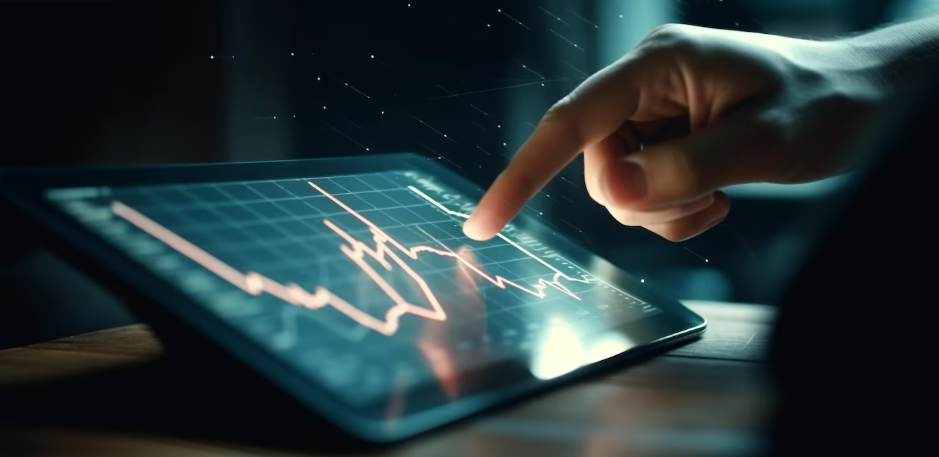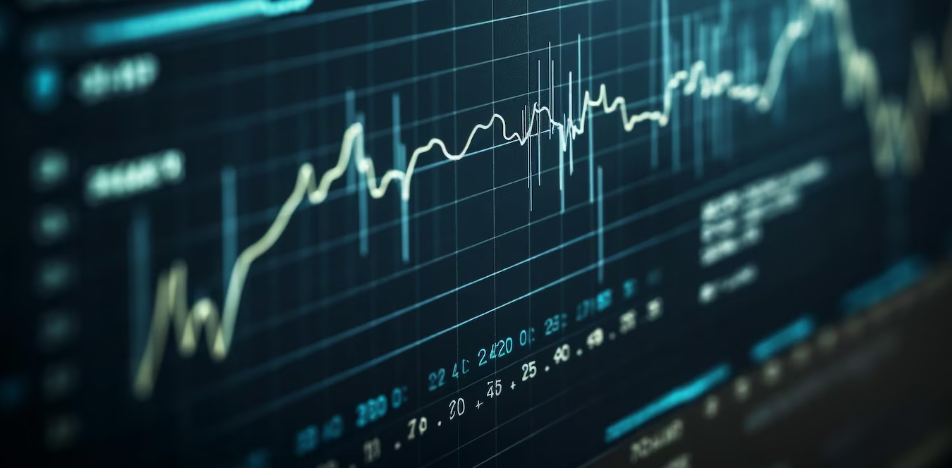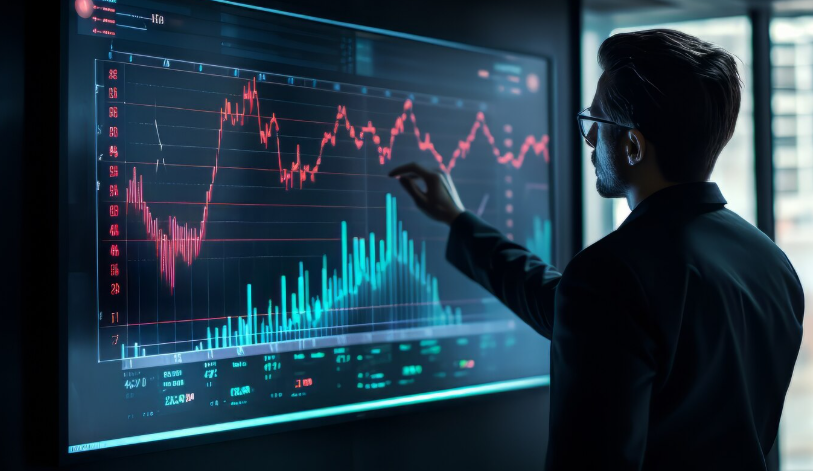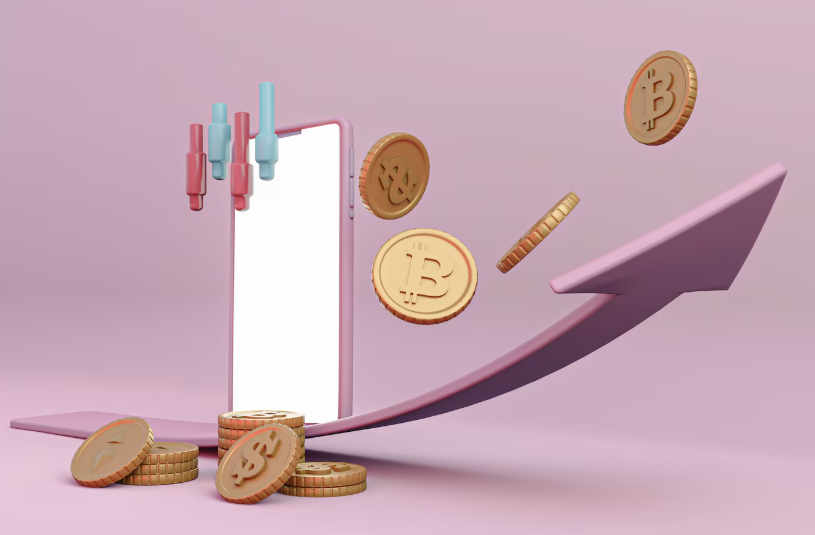The hum of AI in 2025 is no longer a distant whisper; it’s a resonant hum throughout creative industries. The initial anxieties about job displacement are giving way to a more nuanced conversation: Is Artificial Intelligence merely a tool, or is it truly emerging as a new creative partner, capable of expanding the very boundaries of human imagination?
The evidence, from art studios to music production houses and writers’ rooms, increasingly points to the latter. AI is proving to be far more than just an automation engine; it’s a catalyst, a muse, and a collaborator, helping humans unlock unprecedented creative potential.
From Automation to Augmentation: A Paradigm Shift
Early perceptions of AI in creative fields often focused on its ability to handle repetitive, mundane tasks – generating basic content templates or proofreading. While AI excels at such efficiencies, its true transformative power lies in its capacity for augmentation. It’s not about AI replacing the human hand, but about AI extending the human mind, offering new avenues for exploration and execution.
- Ideation on Steroids: Imagine hitting a creative block. AI can instantly generate a plethora of ideas, variations, and surprising connections that a human might never consider alone. Writers, for instance, report significant boosts in originality when using AI tools as brainstorming partners, pushing them beyond their usual thought patterns.
- Democratizing Creativity: AI tools are lowering the barrier to entry for aspiring creators. Someone with a compelling story but lacking traditional drawing skills can now use AI image generators to visualize their characters and scenes. A budding musician without formal training can leverage AI to compose intricate melodies or orchestrate complex arrangements. This democratization of sophisticated creative tools is fostering a more diverse and inclusive artistic landscape.
- Rapid Prototyping and Iteration: The speed at which AI can generate prototypes, visualize concepts, and iterate on designs is revolutionary. This frees up creators from hours of manual “grunt work,” allowing them to dedicate more time to the core artistic vision, emotional depth, and unique storytelling elements of their projects.
Human-AI Synergy in Action: 2025’s Creative Landscape
The landscape of 2025 is rich with compelling examples of human-AI co-creation:
- Visual Arts: Artists are no longer just wielding paintbrushes; they’re also guiding AI models like Midjourney and Stable Diffusion. These tools are used to generate initial concepts, experiment with new aesthetic styles, or create hyper-realistic backgrounds. The human artist then takes the AI-generated elements, refines them, curates them, and infuses them with their unique style, narrative intent, and emotional resonance. The most compelling AI-assisted art pieces seen in galleries today are almost always the result of significant human curation and artistic direction.
- Music Production: AI is becoming an indispensable assistant for composers and producers. Tools like Suno and AIVA can generate melodies, chord progressions, or even full instrumental tracks based on specific moods, genres, or even text prompts. Artists are using AI to break creative blocks, explore novel sonic textures, and augment their compositions, demonstrating that AI can amplify a musician’s vision without diminishing their artistic integrity.
- Writing and Storytelling: Large Language Models (LLMs) are now common in writers’ workflows. Tools like ChatGPT and Sudowrite are used for brainstorming plot outlines, developing character backstories, generating dialogue, or even refining prose. Writers engage with AI as a sophisticated sounding board, using its outputs as raw material to be shaped, edited, and ultimately imbued with the unique voice, emotional intelligence, and cultural nuance that only a human can provide.
- Design and Marketing: In design, AI helps generate countless product image variations, create dynamic and responsive brand identities, and even predict consumer responses to marketing campaigns. This allows designers to focus more on strategic branding and storytelling, rather than repetitive execution, leading to more impactful and personalized customer experiences.
Navigating the Ethical Currents: A Collective Responsibility
This exciting evolution isn’t without its complexities and ethical considerations. As AI becomes more deeply embedded in creative processes, critical questions arise:
- Intellectual Property and Ownership: When an AI contributes significantly to a work, especially if it’s trained on vast datasets of existing human creations, who holds the copyright? Legal frameworks are rapidly evolving to address these new challenges.
- Bias and Authenticity: AI models learn from the data they’re fed, meaning they can perpetuate existing biases. Ensuring fairness, transparency, and accountability in AI systems is crucial to prevent harm and maintain authenticity in creative output.
- Skill Evolution, Not Just Displacement: While some routine creative tasks might be automated, the demand for uniquely human skills – critical thinking, empathy, originality, curation, and the ability to effectively prompt and direct AI – is soaring. The creative workforce must adapt, embracing hybrid skill sets that combine traditional artistry with AI literacy.
The Future: A Collaborative Canvas
In 2025, the narrative is clear: AI is not merely a tool for efficiency; it is rapidly transforming into a powerful creative partner. The most innovative and compelling works emerging today are often born from the synergy between human ingenuity and artificial intelligence. AI stretches the boundaries of the possible, offering new textures, forms, and avenues for exploration. However, it is fundamentally the human artist who defines the vision, imbues the meaning, and connects with the audience on a profound emotional level. The future of creativity is not about human or machine, but about human and machine, collaborating to paint on an ever-expanding canvas of imagination.

